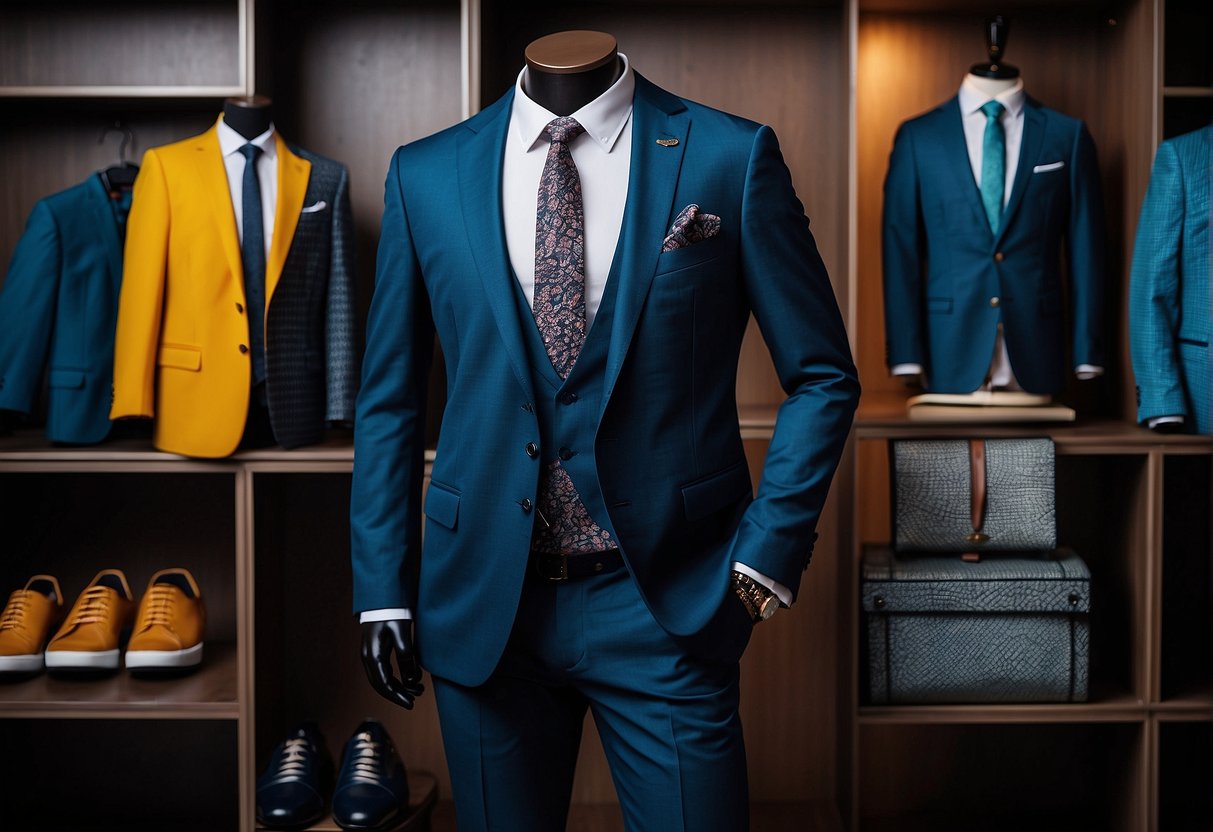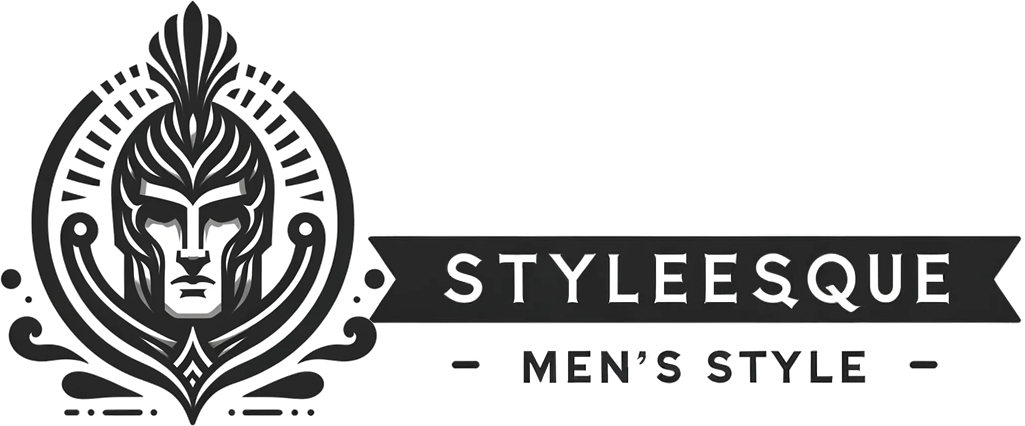Redefining Modern Manhood through Men’s Fashion Trends
Published Thursday, April 11, 2024 By Styleesque Staff

Masculinity has undergone a significant transformation, particularly visible in the world of men’s fashion. Where once the sartorial choices of men were constrained by rigid, traditional views of masculinity, contemporary men’s style embraces a broader, more inclusive approach. This evolution reflects a society that increasingly values individual expression and the breaking down of gender norms. As men’s fashion becomes a vivid language of self-expression, it signals a departure from stereotypes and a move towards a redefined modern manhood that is not determined by attire but rather by the authenticity and complexity of the individual.
The shift is evident in the expanding variety of textures, colors, and designs now found in men’s wardrobes. No longer limited to the conventional suit-and-tie combination, modern menswear includes a range of styles from streetwear to avant-garde, each making a statement about the wearer’s personality and values. The diversity in today’s fashion landscape signifies the changing perceptions of what it means to be masculine, allowing men to explore their identities without the constraints of outdated norms.
The implications of this shift resonate beyond the fashion industry, influencing societal expectations and personal interactions. As clothing choices become more personal, they challenge the traditional archetypes of masculinity and open up new avenues for men to engage with their identities. This evolution in men’s fashion is not just a trend but reflects the ongoing cultural conversation about gender, identity, and freedom of expression that reshapes our understanding of modern masculinity.
Historical Context of Masculinity in Fashion
Fashion has been a significant marker of masculinity throughout history, reflecting societal norms and cultural influences while simultaneously shaping the concept of manhood. Each era brought distinct styles that defined masculinity, often challenging and changing stereotypes.
Defining Masculinity Through the Ages
From the majestic robes of ancient rulers to the tailored suits of the modern businessman, men’s fashion has always been a reflection of the values and status of its time. In the European courts of the Renaissance, elaborate outfits with fine materials were indicators of power and masculinity. This trend of showing status through clothing continued for centuries, with each period setting its own rules for what is considered masculine apparel.
Impact of Cultural Influences on Men’s Fashion
Cultural shifts have greatly impacted men’s fashion. For example, during the 18th century, the macaroni fashion phenomenon saw Englishmen don lavish attire, defying the more conservative styles that preceded them. The adoption of various styles from around the world showed an openness to diversity and rejected the rigid stereotypes of masculinity that were prevalent during earlier times.
Transition from Stereotypes to Modern Expression
The definition of masculinity in fashion has evolved from rigid conventions to a more fluid form of expression. Contemporary fashion allows men to explore beyond the traditional confines of masculinity. Men now have the opportunity to harness fashion as a means to express individual identities, challenging historical stereotypes. This evolution was documented through wardrobe interviews with Canadian men, showcasing the shift towards hybrid masculinities and sartorial freedom.
The Emergence of Gender-Fluid Fashion
In recent years, the fashion industry has experienced a significant shift with the introduction of gender-fluid styles that challenge traditional gender norms. This transformative phase stands on the principles of diversity and inclusivity.
Breaking Gender Norms in Clothing
The landscape of men’s fashion has widened as designers and consumers alike push back against the rigid expectations of gender-specific attire. Clothing, once a canvas of expression tightly constrained by societal rules, is undergoing a revolution. Gender-fluid fashion dissolves the barriers between ‘men’s’ and ‘women’s’ clothing, offering a spectrum of styles that cater to personal expression over prescribed norms. Individuals now have the freedom to dress in ways that resonate with their identity, irrespective of traditional masculine or feminine silhouettes.
Influence of Gender-Fluid Designers
Influential figures in the fashion world have been pivotal in driving the gender-fluid movement. These designers have not only embraced but celebrated the fluidity of fashion, crafting collections that defy categorization. This has led to an increased presence of androgynous and non-binary designs on runways and in retail spaces. They have demonstrated that garments do not have inherent gender, but are, instead, versatile mediums for personal expression and storytelling.
Psychological Impact of Evolving Fashion Norms
As men’s fashion continues to redefine modern manhood, the psychological effects of these evolving norms have significant implications for confidence, mental health, and addressing toxic masculinity.
Fashion’s Role in Fostering Confidence
Fashion is more than just a way to cover one’s body; it serves as a mode of self-identification and empowerment. With the broadening of men’s fashion to include more diverse and expressive styles, there is a noticeable uplift in confidence among men who utilize their wardrobe to project their desired self-image. When men step out in attire that accurately represents their personal style and individuality, it reinforces their sense of self-worth and acts as a catalyst for inner confidence.
Clothing Choices and Mental Health
The relationship between clothing choices and mental health is intricate and profound. By allowing for greater freedom in self-expression, the evolving nature of men’s fashion can contribute positively to mental health. Wearing clothes that reflect one’s personal style can serve as a form of self-care, reassuring one’s sense of autonomy and identity. Conversely, when men feel forced into a certain style that does not resonate with their inner self, it may negatively impact their mental well-being, leading to feelings of suffocation and inauthenticity. Thus, the ability to choose clothing that aligns with one’s true self is a small yet significant step toward nurturing mental health.
